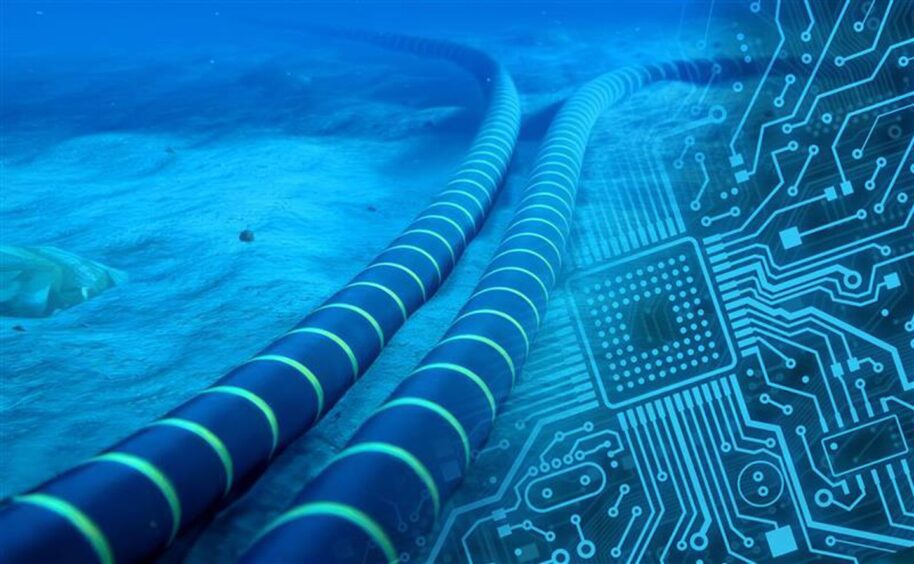
Whether it’s becoming the “Saudi Arabia of wind” or a world-beater for offshore wind power, the hyperbole around the UK’s energy ambitions makes for good headlines – but lacks substance.
We’ve seen how much of the hype is dismissed and many of the UK’s energy targets fall by the wayside when it’s clear they cannot be met due to a plethora of barriers.
With a 45GW pipeline of offshore wind and the biggest projected capacity for floating wind in the world – before this week’s record-breaking AR6 round, which adds a further 5.3GW to the pipeline – the industrial opportunity is indeed unprecedented. That is not hype.
But seizing the potential for UK PLC from the imminent INTOG and Scotwind processes requires massive investment in infrastructure and the supply chain. It depends not only on commitments from government and developers but also on a coherent industrial strategy, developed alongside the supply chain.
While there are glimmers of this much-needed strategy that will unlock some of the requisite investment, there is still too much talk and not enough action. Perhaps it’s because the opportunity is so vast and the investment required – from port infrastructure to fabrication and beyond – is in the hundreds of billions.
Maybe if we break it down and focus on some of the key areas where we really are ahead of the game, and can truly become world-leaders, we can live up to the hype.
Competitive advantage
At Global Underwater Hub, the trade body which champions the UK’s £8 billion underwater industry, unsurprisingly, we believe one of those key areas is the subsea space. It’s where the UK genuinely has competitive advantage.
Not only do we have the biggest share of the global subsea markets, we have unparalleled expertise and experience that is pivotal to offshore energy production – particularly floating offshore wind.
And if we’re being even more granular, within that underwater space, our know-how, track-record and ingenuity in underwater cables – which are being adapted and transferred for both fixed and floating offshore wind, along with mooring and anchoring systems for floating turbines – are unsurpassed.
These are critical elements to the economic viability of (in particular), floating offshore wind and present genuine opportunities, both domestically and internationally, for the UK’s existing supply chain.
According to a soon-to-be published report by GUH, the manufacture and installation of cables, accessories and protection systems represents a £100bn opportunity. Furthermore, the innovation and efficiency required to inspect, repair and maintain 100,000 km of cables over a 25-year lifespan would create an additional £200bn opportunity, being added to by thousands more cables each year.
These cables, essential to transmitting electricity from offshore windfarms to the grid, are susceptible to damage during installation and operation leading to substantial insurance claims and costly downtime. Cable reliability not only makes offshore wind projects more economically viable but also ensures the energy supply is uninterrupted. It is therefore paramount to achieving our clean offshore power ambition.
Best practice
The need to address the challenge in order to grasp the scale of the opportunity has led GUH to bring the entire supply chain together to identify the reasons for cable failures and establish best practice that dramatically improves their reliability, and therefore insurability.
At its Subsea Cable Conference & Insurance Workshop in Bristol on 18 and 19 September, GUH will present key points from a white paper which clearly sets out the challenges and how they can be overcome by a cross-industry forum, which will influence standards and policy, encompassing the lifespan of cables, to drive up their reliability.
GUH’s Subsea Cable System Forum will set out a roadmap and work with stakeholders across the sector to deliver improvements in systems-based design, data sharing and quality control leading to standards that would be adopted by developers, suppliers, contractors, warranty surveyors and others and, crucially, accepted by insurance bodies.
Evidently, not all cables are going to be designed and manufactured in the UK. But, by setting global standards and guidelines as the INTOG, Scotwind and Celtic Sea projects come onstream, we will have a first-mover advantage and be able to position the UK as a centre of global excellence in cable reliability.
GUH has already started taking a similar approach to moorings and anchoring systems.
By prioritising and investing in these key areas, which are critical to the economic viability of floating offshore wind and where we have the capability to meet demand, we can make sure the UK becomes a genuine world-leader – not just for the sake of a headline but for significant job and wealth creation for the country.
Neil Gordon is the chief executive of the Global Underwater Hub
